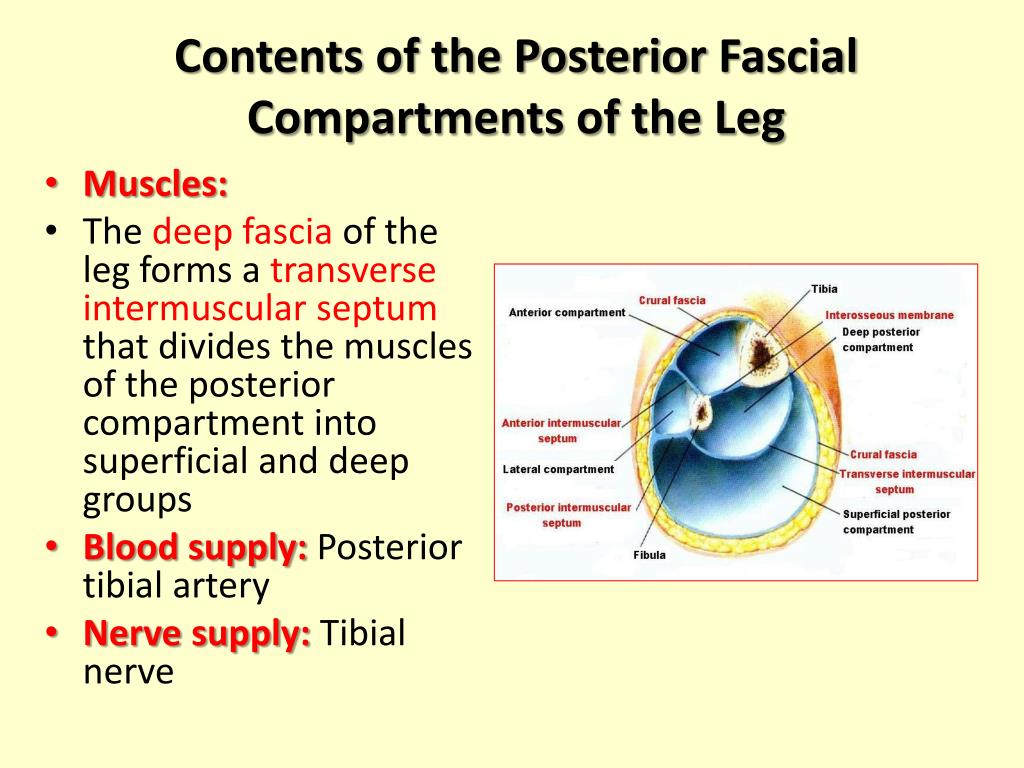
A noticeable bulge or lump in the back of the lower leg.Limited mobility (ability to move), decreased range of motion or muscle weakness.It may start out as mild pain and slowly worsen. Calf muscle pain, tightness and stiffness.What are some common signs or symptoms of conditions affecting the calf muscle? Providers estimate that about 75% of people over age 50 have had leg cramps at some point. Leg cramps are also very common, and they’re more likely to happen as you age. People who play sports that require sprinting and quick footwork have an increased risk of this type of injury.

The injury can result from trauma (such as a fracture) or strenuous exercise.Ĭalf muscle strain is one of the most common muscle strain injuries among athletes. The pressure decreases the flow of blood and oxygen.
Compartment syndrome: A serious, life-threatening condition, compartment syndrome happens when pressure builds up inside a muscle. Tennis players put their leg in this position when they serve a tennis ball and “push off” suddenly into motion. Providers call it tennis leg because it commonly happens when the leg extends and the foot flexes. Tennis leg: This type of muscle strain injury affects the gastrocnemius muscle. They can result from several factors, including pregnancy, dehydration, some medications and certain health conditions. Leg cramps can happen during the day or at night. Leg cramps: Muscle cramps and muscle spasms in the calves can be very painful. This injury is common in activities like running and sports that require jumping or quick stops and starts, such as soccer, basketball, football and volleyball. It usually results from strenuous exercise or overuse. It happens when the muscle fibers stretch too far or tear. Muscle strain: The most common calf injury is a strain. What conditions and disorders affect the calf muscle?Ĭonditions that affect the calf muscle include: These fibers bundle together to create a striated, or striped, appearance. Many individual fibers make up skeletal muscles. What does the calf muscle look like?Īs part of your musculoskeletal system, the gastrocnemius and soleus are a type of muscle called skeletal muscle. It also helps your legs support you so you can maintain good posture. Together with your gastrocnemius, the soleus helps you walk, run and jump. The soleus connects to your tibia and fibula (the bones in your lower leg). Soleus injuries are less common because the muscle only crosses the ankle joint. It starts just below your knee, runs down your lower leg and connects to the Achilles tendon above the heel. Soleus: The soleus is a wide, flat muscle that sits slightly deeper than the gastrocnemius. Gastrocnemius strains are common because the muscle connects to two joints (the knee joint and the ankle joint). The gastrocnemius goes down the back of the leg and attaches to the Achilles tendon. The top part of the gastrocnemius has two heads that start on the inside and the outside of the femur (thighbone). Because the gastrocnemius is close to the skin’s surface, you can often see its outline. 
#Function of posterior compartments of leg skin#
Gastrocnemius: This muscle is just under your skin at the back of the lower leg. About 10% of people only have two larger muscles. Providers call these three muscles the triceps surae. In addition to these two large muscles, a small muscle called the plantaris runs between the gastrocnemius and soleus down the length of the lower leg. Because these two muscles come together above your heel and attach to the Achilles tendon, some providers refer to the gastrocnemius and soleus as one large muscle with two sections. Your calf muscle consists of two main muscles - the gastrocnemius and the soleus.






 0 kommentar(er)
0 kommentar(er)
